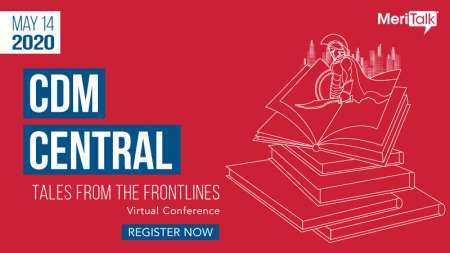
The majority of Americans consider the spread of disease and cyberattacks to be among the top international threats facing the country, according to a Pew Research Center report released April 13.
The report found that 79 percent of Americans said that the spread of disease – such as the COVID-19 pandemic – is a “major threat” to the country. Pew noted that this is 27 percentage points higher than the level of concern about infectious disease in the midst of the Ebola outbreak in 2014. An additional 19 percent rated it as a “minor threat”

Nearly the same number of respondents – 72 percent – said that cyberattacks from other nations was a “major threat” and 25 percent said it was a “minor threat.” While the number of Americans concerned about the spread of disease has grown, the concern over cyberattacks has remained steady over the last decade, according to previous Pew studies.
When it comes to tackling the major threats facing the nation, the majority of Americans believe cooperation with other countries is key. For halting the spread of disease, 86 percent said cooperation is “very important” and 11 percent said it is “somewhat important.” When tackling cyberattacks from other nations, 70 percent said global cooperation is “very important” and another 22 percent said “somewhat important.”
Concern over disease and cybersecurity are bipartisan concerns, with nearly the same percentage of Republican and Democrat respondents rating the two issues as top threats. Concern over cyberattacks was nearly identical, with 72 percent of Democrats and 73 percent of Republicans expressing concern. Concern over the spread of disease was slightly further apart – though not by much. Pew found that 77 percent of Republicans and 82 percent of Democrats are concerned. The disparity is perhaps due to the politicization of the response to COVID-19.
In its report, Pew identified a disparity between how age groups view the threat of cyberattacks. Americans ages 50 or older were much more likely to view cyberattacks as a top threat (50 percent) than Americans ages 18-29 (22 percent).
